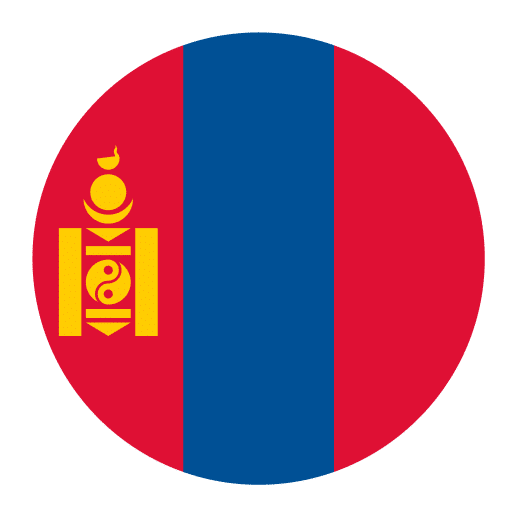Mongolian Grammar
Mongolian grammar may seem challenging at first, but its unique features make learning the language a rewarding experience. By exploring its alphabet, mutations, and grammar rules, you’ll gain insight into a rich linguistic tradition. Start your journey and discover the beauty of Mongolian!
Get started
The most efficient way to learn a language
Try Talkpal for freeNavigating the Intricacies of Mongolian Grammar
Mongolian, a Mongolic language with a rich history and cultural significance, offers an exciting linguistic experience for those eager to explore its unique grammar system. As you venture into the realm of Mongolian, you’ll not only enrich your linguistic repertoire but also embrace a fascinating cultural journey. While Mongolian grammar may appear complicated at first, breaking it down into core components makes learning the language more approachable. In this article, we’ll explore the captivating world of Mongolian grammar and provide tips on how to master its complexities.
1. Mongolian Alphabet and Phonetics
The Mongolian alphabet used in modern Mongolia is Cyrillic and comprises 35 letters, including characters unique to the language like Ө ө and Ү ү. There is also the traditional vertical Mongolian script used in Inner Mongolia. To learn Mongolian grammar, it’s crucial to become familiar with these writing systems by practicing reading and writing in Mongolian.
2. Vowel Harmony: A Peculiar Mongolian Feature
One of the most striking aspects of Mongolian grammar is vowel harmony, which governs how suffixes change to match the vowels of the root. Suffixes typically come in front and back vowel variants, and certain consonants or vowels in suffixes alternate based on phonological context. Understanding when and how these harmonies and alternations occur is vital for accurate communication in Mongolian.
3. Nouns and Pronouns: Gender and Cases
Mongolian nouns do not have grammatical gender, but they take a rich set of case endings to mark relationships such as possession, direction, location, and instrument. Plural formation varies, commonly using -ууд or -үүд according to vowel harmony, and -нар is often used for people. Pronouns in Mongolian include personal, possessive, reflexive, demonstrative, and interrogative pronouns. Becoming familiar with these pronouns and their forms will significantly enhance your grasp of Mongolian grammar.
4. Verbs: Structure and Conjugation
Mongolian verbs build tense, aspect, mood, and evidentiality through suffixes rather than extensive person agreement. Essential finite forms include -на for non-past, -сан or -сэн for past, and -даг or -дэг for habitual, with progressive aspect commonly expressed with байна constructions. The language also employs conditional, imperative, and hortative forms. Learning the verb formation rules and auxiliary patterns will improve your ability to communicate effectively in Mongolian.
5. Adjectives: Agreement and Placement
In Mongolian grammar, adjectives typically precede the noun they modify and do not agree in number or gender with the noun. Comparison is often expressed analytically, using илүү for the comparative and хамгийн for the superlative, which are essential to learning to communicate more naturally.
Examples:
– их хайр (big love)
– жижиг хүүхдүүд (little children)
6. Engaging with the Language
The most effective way to fully understand and internalize Mongolian grammar is to consistently engage with the language. By reading Mongolian literature, watching Mongolian films or television series, and actively communicating with native speakers, you will reinforce your understanding of grammar while expanding your vocabulary.
Conclusion
Although Mongolian grammar may seem intricate, you can become proficient in this beautiful language with dedication, practice, and enthusiasm. By focusing on the fundamental rules and engaging with the language across different contexts, you will rapidly enhance your Mongolian grammar skills. Амжилт хүсье (good luck) with your Mongolian language journey, and enjoy unraveling the enigmatic yet captivating world of Mongolian grammar!








